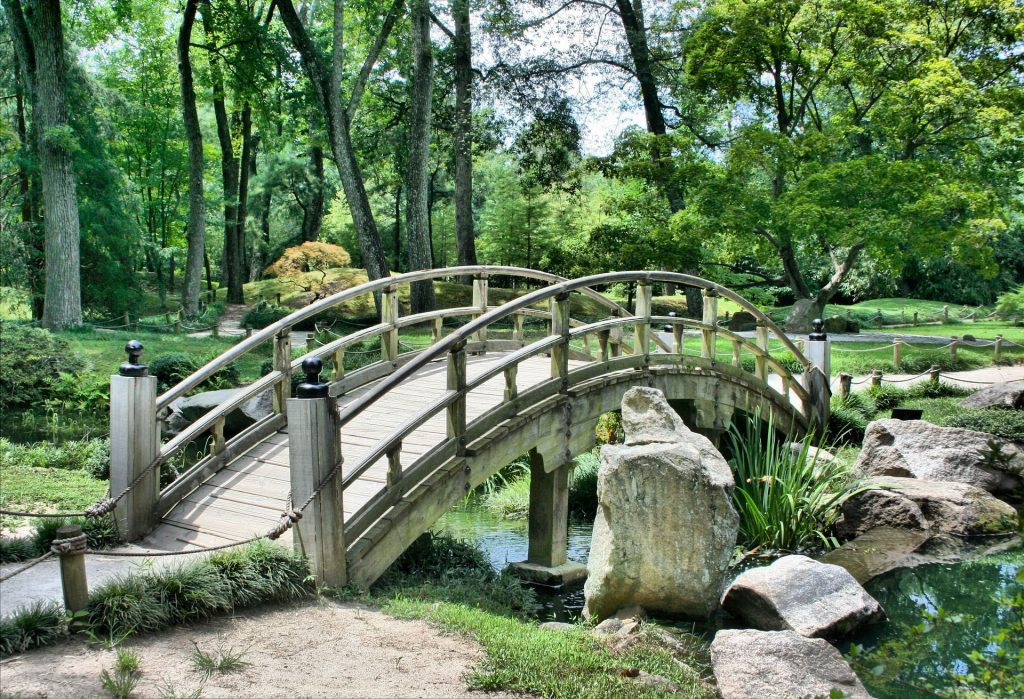How Rocks Add Texture and Visual Interest to Your Garden Design
Incorporating rocks into garden design is a timeless technique that enhances both the aesthetic appeal and functional aspects of outdoor spaces. Rocks bring a unique blend of texture, color, and structure that complements plantings and creates a dynamic landscape. Here’s a detailed exploration of how rocks contribute to texture and visual interest in your garden.
Adding Texture Through Variety in Rock Types and Surfaces
Rocks come in diverse textures—from smooth river stones to rough, jagged boulders—and each type influences the garden’s overall feel. Smooth stones lend a sleek, modern, and calming effect, ideal for minimalist or contemporary gardens. In contrast, rough and irregular rocks evoke a more natural, rugged ambiance, mimicking wild landscapes and adding tactile contrast against soft foliage[1][3].
Using a mix of textures, such as pairing coarse volcanic stones with fine pea gravel, creates depth and a layered composition that engages the eye and invites closer inspection. This interplay of textures also balances softer plant elements, enhancing the garden’s sensory richness.
Visual Interest Through Color, Scale, and Placement
Rocks offer a palette of natural colors—grays, browns, tans, and sometimes vibrant hues depending on the stone type—that can either blend seamlessly or provide striking contrast with surrounding plants. Neutral-colored rocks help unify the garden, while uniquely colored or patterned stones add focal points and “pop” of visual excitement[1].
Scale is crucial in rock placement. Large boulders serve as anchors or dramatic focal points, creating height and structure, while smaller stones and pebbles add intricate detail and texture. Thoughtful arrangement—such as layering rocks in naturalistic clusters or building rock walls and borders—guides the viewer’s eye and adds architectural interest[2].
Functional and Aesthetic Benefits Combined
Beyond aesthetics, rocks play practical roles that enhance garden health and usability. They improve drainage, reducing water pooling and helping plants thrive with less maintenance. Rocks also act as natural mulch, retaining soil moisture and preventing erosion on slopes or garden beds[2].
Incorporating rocks into pathways, borders, and retaining walls adds texture underfoot and defines garden zones clearly. For example, flat stepping stones surrounded by smaller pebbles create inviting walkways that are both functional and visually appealing. Rock borders keep soil in place and provide clean edges that contrast with plant softness, enhancing overall garden organization[1][3].
Creating Naturalistic and Artistic Garden Features
Rocks can be combined with water features like ponds or waterfalls to add sensory layers—sound, movement, and texture—that evoke serene natural settings. Rock gardens themselves, especially when paired with drought-tolerant plants or alpine troughs, become living sculptures that evolve with the seasons, offering year-round visual interest[1].
Arranging rocks in irregular, organic patterns mimics natural environments and avoids artificial symmetry, lending authenticity to garden design. Integrating moss, succulents, or ground covers among rocks softens hard edges and adds color and life to the stone arrangements.
Summary
Rocks enrich garden design by introducing varied textures, natural colors, and structural elements that complement plantings and enliven outdoor spaces. They provide functional benefits like improved drainage and erosion control while serving as artistic elements that create focal points, define pathways, and add depth. Whether used sparingly or as a dominant feature, rocks transform gardens into textured, visually engaging landscapes that invite exploration and enjoyment.
By thoughtfully selecting and placing rocks of different sizes, textures, and colors, gardeners can craft spaces that harmonize nature’s rugged beauty with cultivated greenery, resulting in a garden that is both striking and sustainable.
[1] https://brookwoodlandscaping.com/rock-your-garden-expert-tips-on-how-to-landscape-with-rocks-for-stunning-outdoor-spaces/
[2] https://www.classpop.com/magazine/rock-garden-ideas
[3] https://ginghamgardens.com/using-rocks-in-your-flower-garden/
